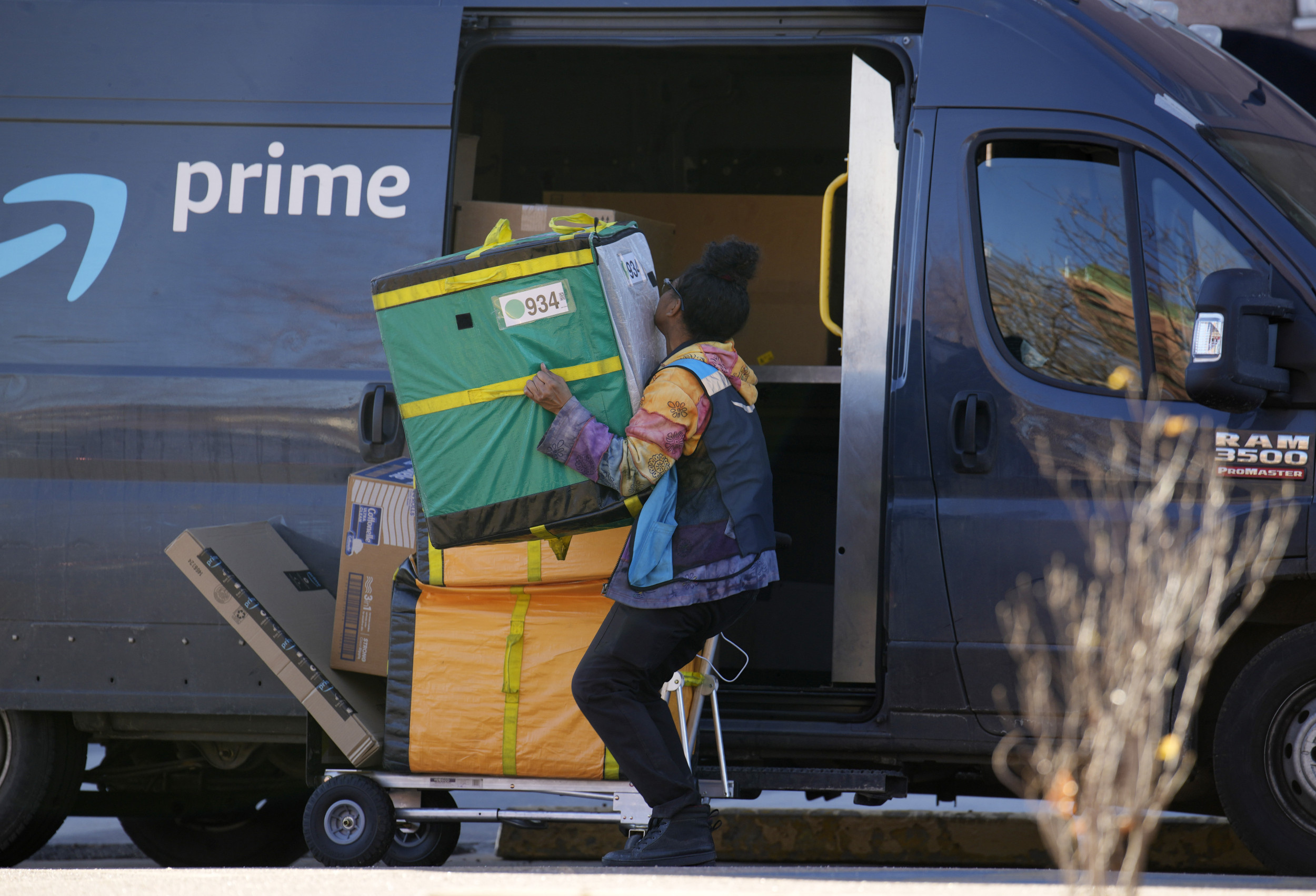Cyber Monday is expected to deliver record-setting shopping as the holiday shopping season hits full stride.
The Monday following Thanksgiving, Cyber Monday—a term coined in 2005 by the National Retail Federation—has become the biggest online shopping day of the year as shoppers across the United States continue to hunt for deals in the annual spending spree that has become a post-Thanksgiving tradition.
According to Adobe Analytics, which tracks online shopping, consumers are projected to spend a record $13.2 billion online this Cyber Monday, a 6.1 percent increase over last year’s total. The analytics firm predicts a peak in spending between 8 p.m. and 10 p.m. ET, during which consumers could spend an eye-popping $15.7 million per minute.
Retail Giants Extend Cyber Monday’s Reach
Retail heavyweights like Amazon, Walmart and Target have extended Cyber Monday deals into multi-day events that began over the Thanksgiving weekend. Amazon launched its promotions early Saturday, while Walmart and Target kicked off their online discounts Sunday evening. These extended shopping windows aim to capitalize on a broader consumer base while fueling the week-long spending frenzy known as Cyber Week.
Holiday sales trends indicate robust spending, even as inflationary pressures persist. Many shoppers are turning to “buy now, pay later” plans to offset costs, reflecting a shift in how consumers manage holiday budgets.
According to the National Retail Federation, it expects holiday shoppers to spend more this year both in stores and online than last year. However, the pace of spending growth will slow slightly, the trade group said, growing 2.5 percent to 3.5 percent—compared to 3.9 percent in 2023.
David Zalubowski/AP
Consumer Spending by the Numbers
Cyber Week spending is expected to surpass $40 billion, according to Vivek Pandya, lead analyst at Adobe Digital Insights. In addition, early figures for Black Friday and Thanksgiving Day suggest a strong appetite for online deals.
Black Friday saw U.S. consumers spend $10.8 billion online, a 10.2 percent year-over-year increase, according to Adobe Analytics.
Meanwhile. on Thanksgiving Day, online spending hit a record $6.1 billion, demonstrating a growing preference for e-commerce even on traditionally family-focused holidays.
Salesforce, which also tracks online shopping, estimated that Black Friday online sales totaled $17.5 billion in the U.S. and $74.4 billion globally, while Mastercard SpendingPulse, which tracks in-person and online spending, highlighted a modest 3.4 percent increase in overall Black Friday sales with digital purchases leading the way.
E-commerce platform Shopify revealed that its merchants tallied $5 billion in global sales on Black Friday alone, and at its peak, sales reached $4.6 million per minute. High-demand categories included toys, electronics, home goods and beauty products. Consumers also splurged on premium items like espresso machines and fitness trackers, signaling a trend toward trading up for higher-quality products.
Additionally, experts note a rise in “self-gifting” and experiential spending, reflecting consumers’ desire to treat themselves after a challenging year. Marketing analysts point to increased interest in self-care and indulgent purchases as key drivers this season.
Physical Stores See Declining Traffic
While online sales soared, foot traffic at brick-and-mortar stores saw declines. Sensormatic Solutions, which tracks store traffic, reported its preliminary analysis showed an 8.2 percent drop in Black Friday store visits compared to last year, attributing the trend to extended promotional periods that dispersed customer visits over multiple days.
“Some of the extended Black Friday promotions really ended up leading to a little bit of a softer day-of traffic than expected,” Grant Gustafson, head of retail consulting and analytics at Sensormatic, told The Associated Press.
RetailNext, which also measures foot traffic in stores, reported that its early data showed store traffic on Friday was down 3.2 percent in the U.S. compared to last year, with the biggest dip happening in the Midwest.
This article includes reporting from The Associated Press.

